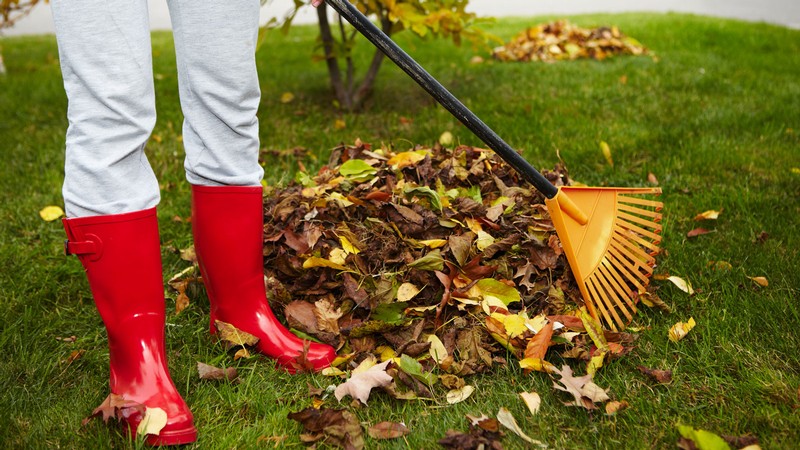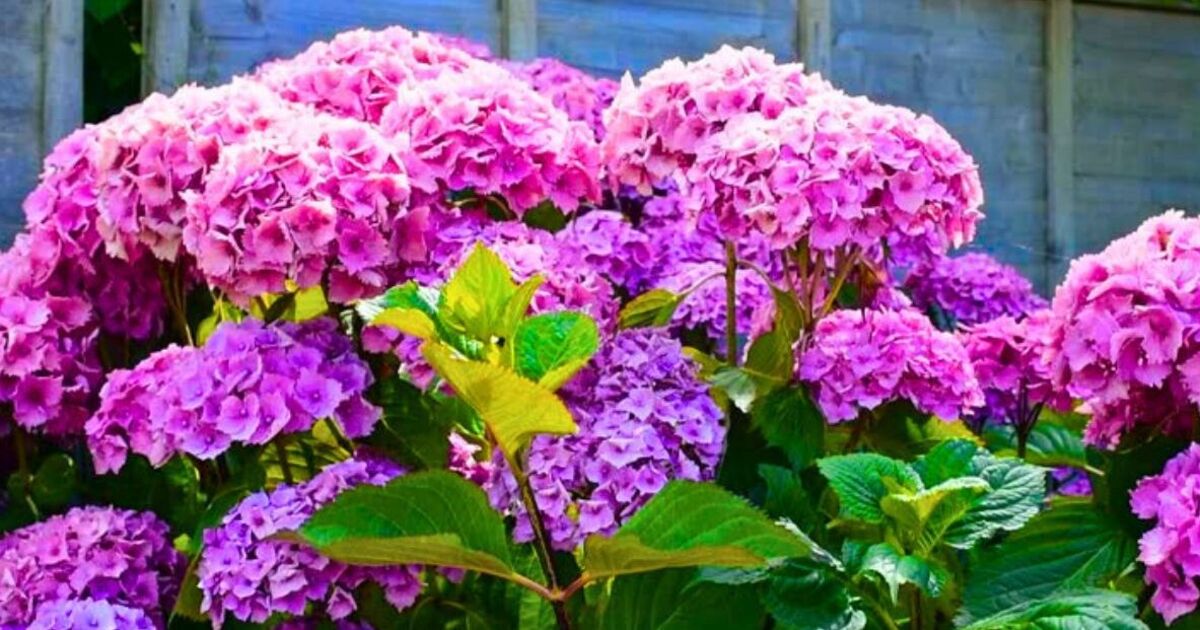The season of fall is upon us, bringing with it the joy of pumpkins on the porch, apple cider, cooler temperatures, and strolls through crunchy leaves. Yet, during this pleasant season, we must not forget the essential tasks that must be completed in our yards and gardens before winter sets in.
To make the most out of the end of the gardening season, here are some crucial tips you can use to ensure your garden and yard thrive through the winter and blossom in the spring. This guide was originally inspired from the advice provided by the Utah State University Extension Gardeners Almanac, but has been simplified and generalized for broader audiences.
One of the most important things is understanding the average first and last frost dates in your area. This helps in planning and managing your garden activities.
To extend your growing season, consider installing a small structure, such as a low tunnel, or perhaps a more sizeable high tunnel. These additions can protect your plants and offer a controlled environment for growth.
Autumn is the time to harvest winter squash. After harvesting, they should be stored in a cool, dry location with a temperature around 50-55°F.
The planting of garlic cloves can be done from mid-October through early November. Planting in the fall gives them a head start for spring growth.
It’s essential to prepare your garden for winter by carrying out fall cleanup chores and good landscape practices. Once your vegetable harvest is complete, remove the plants from the garden to minimize sites for pests to overwinter in.
Protect your tomato plants from early frost by covering them with a blanket or a tarp. Similarly, place mulch around roots of beetroot, carrot, and parsnips to prevent the ground from freezing.
You should also consider rototilling leaves, compost, or manure into the vegetable garden to improve soil microbial activity. Prune roses to prevent damage from heavy snow loads.
There is also value in planting spring-blooming bulbs up to early November. Trees and shrubs can also be planted in the fall to enhance root establishment, as the cooler weather and increased rainfall can encourage root growth.
Perennial flowers such as dahlias, gladiolas, and begonias should be tender and dug up after foliage has died down. After digging up, store them in a cool, dry place.
The trunks of young trees can be protected from winter cracking by wrapping them with a reflective white tree wrap. Your annual flowers should be dug up and removed after they begin to wither.
Cold-hardy annuals like pansies, primrose, kale, and ornamental cabbage can also be planted. After raspberry canes have fruited, prune them down to the ground.
Late in the season, cut your grass to a height of 1 to 1½ inches to help minimize disease problems. Late October to early November is a good time to apply a quick-release nitrogen fertilizer for early green up next spring.
When it comes to dealing with pests and diseases, if your vegetable plants have been affected, it is advisable to remove them from your garden and discard them.
Evergreens can be wrapped in burlap or other soft materials to prevent breakage from heavy snow. Also, clean and throw away all fallen fruits from the garden to reduce sites for disease and pests to overwinter.
While these tasks and tips may require some hard work, the visible rewards in the spring are well worth it. A well-maintained, healthy and blooming garden is a sight to behold and a lifetime journey to cherish.




